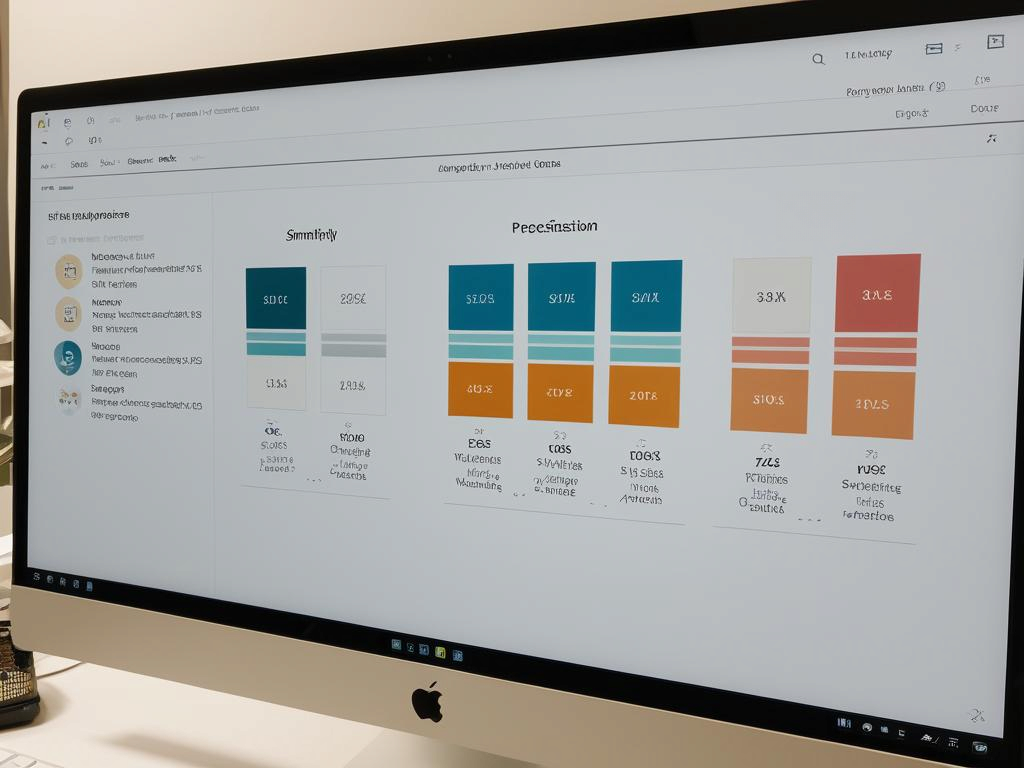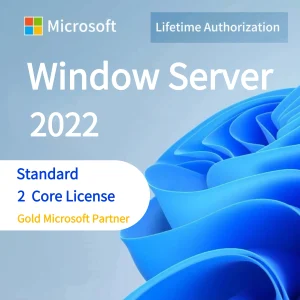Introduction
Delivering an effective PowerPoint presentation is crucial for capturing your audience’s attention, conveying your message clearly, and leaving a lasting impression. Whether you’re presenting to colleagues, clients, or students, a well-crafted and visually appealing presentation can make all the difference. In this comprehensive guide, we’ll explore a range of tips and techniques to help you create and deliver engaging PowerPoint presentations that captivate your audience.
Start with a Clear Structure
The foundation of a successful presentation lies in its structure. Begin by outlining the key points you want to cover and organize them in a logical sequence. This could follow a problem-solution format, a chronological order, or any other structure that makes sense for your content. A clear structure not only helps you stay focused but also aids your audience in following your presentation more easily.
Keep it Simple and Visually Appealing
Cluttered and text-heavy slides can quickly overwhelm your audience and diminish the impact of your presentation. Embrace simplicity by using concise bullet points or short phrases accompanied by high-quality visuals such as images, charts, or icons. Maintain consistent formatting and branding throughout your presentation for a cohesive and professional look.
Leverage Effective Slide Design
Layout and Alignment
Proper alignment and layout are crucial for creating visually appealing slides. Use grid lines and guides to ensure that elements are positioned correctly, and apply the rule of thirds for balanced composition. Incorporate white space judiciously to avoid a cluttered appearance and allow your content to breathe.
Typography
Typography plays a vital role in the readability and overall aesthetics of your slides. Choose clean, easy-to-read fonts and maintain consistency in font styles and sizes throughout your presentation. Use contrast and hierarchy to emphasize important points and guide your audience’s focus.
Color Scheme
A well-chosen color scheme can greatly enhance the visual appeal of your presentation. Select a cohesive color palette that complements your branding or the topic at hand. Use colors strategically for emphasis and contrast, but be mindful of accessibility and color blindness considerations.
Engage with Multimedia
Incorporate Videos and GIFs
Multimedia elements such as videos and GIFs can add depth and dynamism to your presentation. When using videos, follow best practices like ensuring high-quality resolution, embedding them directly into your slides, or providing a reliable link. GIFs can be an effective way to illustrate key points or concepts in a concise and engaging manner.
Add Audio Elements
Audio elements can enhance your presentation by providing narration, background music, or sound effects. Narration and voiceovers can guide your audience through your content, while background music can set the tone and ambiance. Synchronize audio elements with your slide transitions for a seamless experience.
Make it Interactive
Interactive elements can significantly boost audience engagement and retention. Incorporate hyperlinks and action buttons to navigate between slides or access additional resources. Embed interactive quizzes, polls, or simulations to encourage active participation and reinforce key concepts.
Deliver with Confidence
Practice and Rehearse
Practicing and rehearsing your presentation is crucial for delivering it with confidence. Allocate sufficient time to rehearse, not only the content but also the timing and transitions between slides. Practice in front of a mirror or record yourself to identify areas for improvement.
Body Language and Delivery
Your body language and delivery style can greatly impact how your message is received. Maintain eye contact with your audience, use appropriate gestures and movements, and speak clearly and with confidence. Engage your audience by asking questions, encouraging participation, and adapting your delivery based on their reactions.
Customize and Enhance with Add-ins
PowerPoint offers a range of add-ins and third-party tools that can enhance your presentations with advanced features. Explore these options to find tools that suit your specific needs, whether it’s adding animations, incorporating professional templates, or integrating with other software.
Tips for Specific Presentation Types
Educational Presentations
When presenting educational content, structure your information in a way that facilitates effective learning. Incorporate interactive elements like quizzes or simulations to reinforce key concepts and engage your students. Use visuals and animations to illustrate complex ideas more clearly.
Business Presentations
In a business setting, your PowerPoint presentations should be professional and visually appealing. Use clean, minimalist designs and leverage data visualizations like charts and graphs to effectively present data and statistics. Tailor your content to your audience’s needs and objectives.
Scientific and Technical Presentations
When presenting complex scientific or technical information, clarity is paramount. Use visuals and animations to break down intricate concepts and processes into easily understandable components. Provide sources and references for your data and findings, and be prepared to address potential questions or concerns from your audience.
Conclusion
Creating and delivering engaging PowerPoint presentations requires a combination of careful planning, effective design, and confident delivery. By following the tips outlined in this guide, you can captivate your audience, convey your message clearly, and leave a lasting impression. Remember, practice makes perfect, so continuously refine your skills and stay updated on the latest presentation techniques and tools. With dedication and a willingness to learn, you can become a master at crafting and delivering truly powerful PowerPoint presentations.








